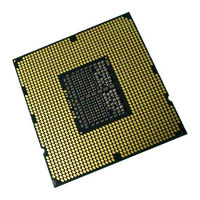Intel Pentium II Manuals
Manuals and User Guides for Intel Pentium II. We have 2 Intel Pentium II manuals available for free PDF download: Developer's Manual, Application Note
Intel Pentium II Developer's Manual (226 pages)
Brand: Intel
|
Category: Computer Hardware
|
Size: 2 MB
Table of Contents
Advertisement
Intel Pentium II Application Note (16 pages)
Brand: Intel
|
Category: Computer Hardware
|
Size: 0 MB
Table of Contents
Advertisement

